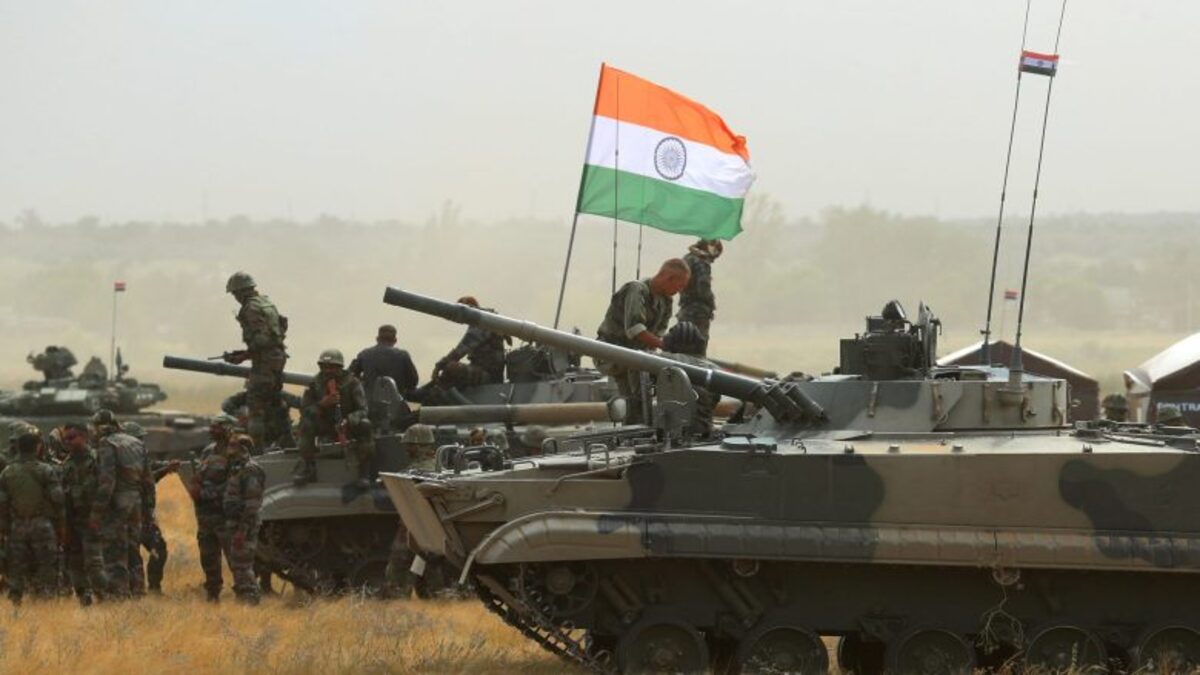 Image Credits : India PSU
Image Credits : India PSU
India’s strides in defence production have been described as “fast and steady,” with the indigenization of 2,920 defence items out of a total of 4,666 listed items. Amit Satija, Director of the Department of Defence Production (DIP), highlighted these achievements during a state-level conclave of Defence Micro, Small, and Medium Enterprises (MSMEs) in Nagpur, hosted by the Federation of Indian Chambers of Commerce & Industry (FICCI).
Satija underscored the Ministry of Defence’s commitment to enhancing indigenous capabilities, particularly through the Department of Defence Production’s initiatives. He stated that out of the 4,666 defence items listed for indigenization, including assemblies, sub-assemblies, raw materials, critical spares, and components, 2,920 items had already been successfully indigenized.
Discussing the Make-1 and Make-2 categories, Satija highlighted the industry-friendly provisions incorporated, such as relaxed eligibility criteria and streamlined documentation processes. He emphasized that these measures aim to encourage proposals from both industry stakeholders and individuals interested in contributing to defence indigenization efforts.
Furthermore, it was revealed by Satija that there had been significant progress in project approvals. He mentioned that 102 projects related to the Army, Navy, and Air Force had received in-principle approval under the Make-2 procedure, along with 44 projects under the Make-1 category. Additionally, he noted that three projects had been provisionally sanctioned under the Make-3 category.
The Department of Defence’s proactive approach towards indigenization aligns with India’s broader goal of achieving self-reliance in defence production. Satija highlighted the issuance of 40 to 50 licenses annually in defence manufacturing, underscoring the government’s commitment to fostering domestic capabilities in the sector.
The Make-1 category pertains to government-funded projects, whereas Make-2 encompasses industry-funded programs. Notably, the introduction of the Make-3 category underscores the government’s strategic objective of promoting self-reliance through import substitution.
India’s progress in defence indigenization reflects a concerted effort to reduce dependency on imports and bolster domestic manufacturing capabilities. The indigenization of critical defence items not only enhances national security but also stimulates economic growth by fostering a vibrant defence industrial base.
In light of geopolitical challenges and evolving security threats, India’s emphasis on indigenous defence production assumes paramount importance. By harnessing the innovation and expertise of MSMEs and larger industry players, India is poised to emerge as a global leader in defence manufacturing.
